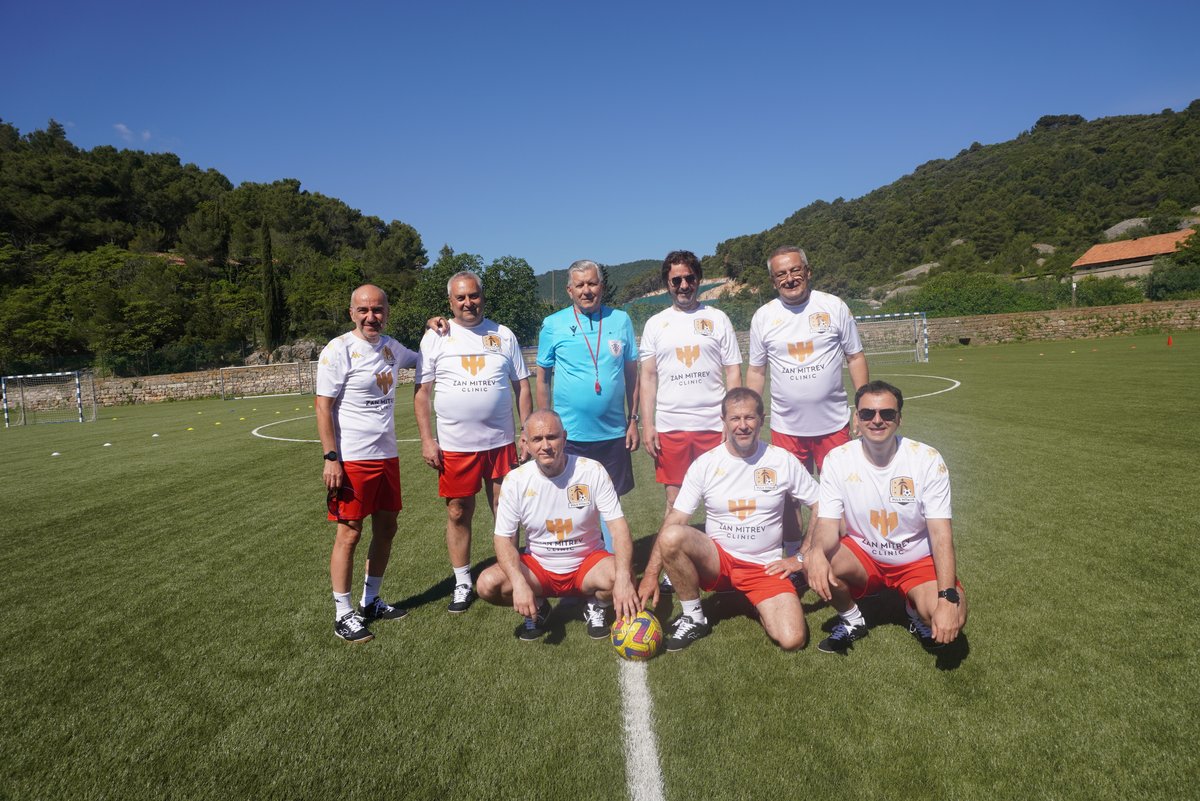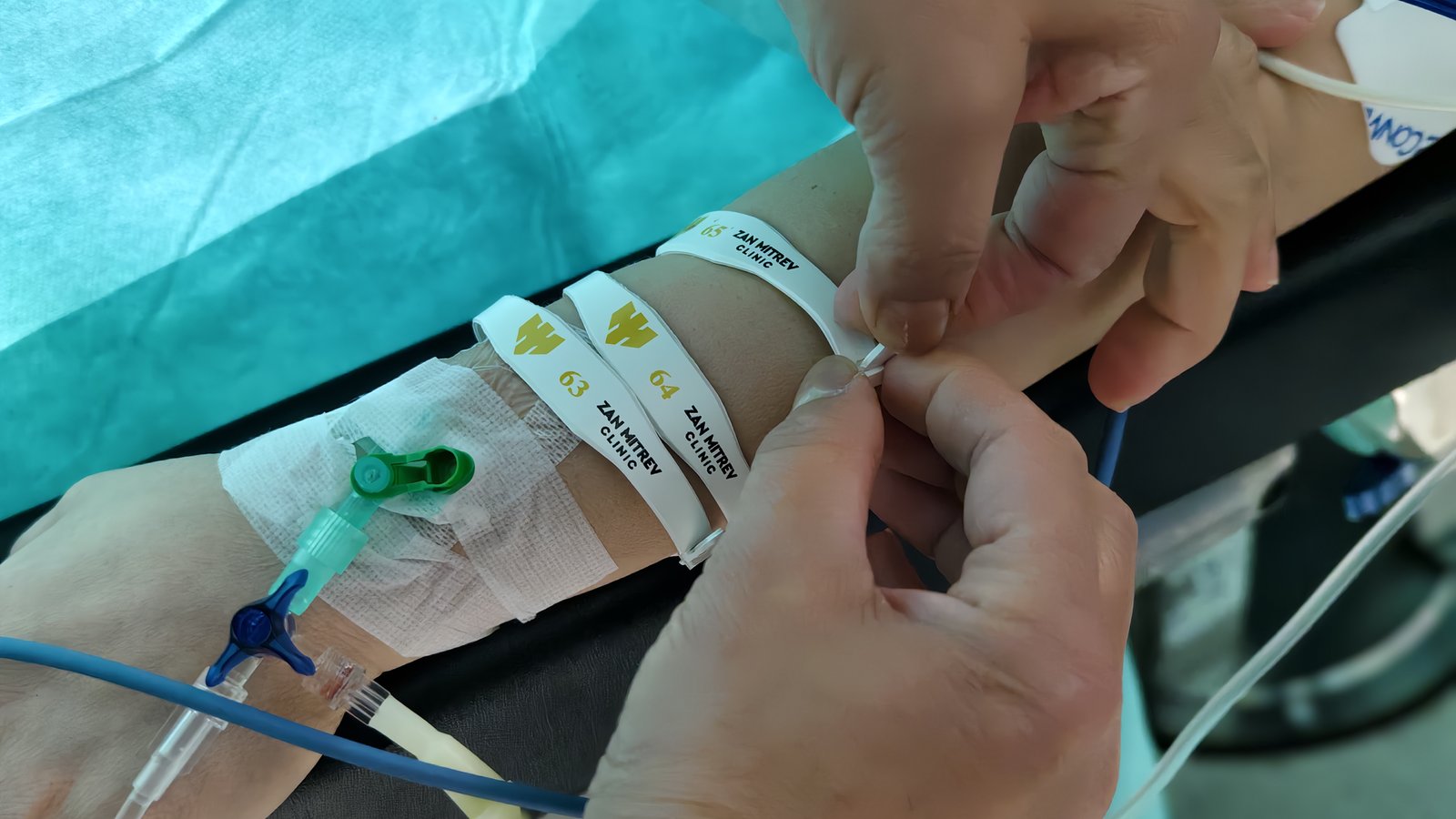 00389 2 3091 484
00389 2 3091 484
A TAVI procedure – Aortic valve replacement without surgery
March 28, 2022
In patients with severe aortic valve disease, aortic stenosis (narrowing), the only solution is the aortic valve replacement. The replacement may be done with a cardiac surgery or the TAVI procedure.
The classical surgery as a solution for aortic valve replacement involves a number of risks, as well as a slower recovery. Yet, the TAVI method excludes the surgery, i. e. opening the patient’s chest.
What is the TAVI procedure and whom is it intended?
The TAVI, or a Transcatheter Aortic Valve Implantation, is a procedure for treatment of a severe aortic stenosis without a surgery. This means a less invasive approach, implantation of an artificial valve without incision in the sternum bone, using a sophisticated catheterization system, through the groin arteries.
Even though the TAVI is still considered a relatively new procedure, it is widely used and approved in the United States and in the European Union for the treatment of certain high-risk patients with a severe aortic stenosis.
What are the advantages?
The newest medical discoveries indicate that the high-risk patients with a severe aortic stenosis are best treated with a TAVI procedure, which is safer as an intervention compared to the conventional aortic valve disease surgery. The TAVI procedure is a treatment of choice for these patients for several reasons:
- less trauma during this intervention,
- greater patient comfort,
- fewer peri-procedural and post-procedural complications and outcome, contrary to the classical surgery
- treatment of high-risk patients with severe aortic stenosis.
How is the procedure performed?
After a correct echo graphic assessment and angiographic heart check-up has been completed, also to the aorta, to the peripheral blood vessels, as well as a selective coronary angiography, the TAVI procedure is started, i. e. the placing of a transcatheter aortic through a small incision in the groin area.
The placement of the aortic valve through a catheter (TAVI) is performed in an angiography room. The patient is under general anesthesia. A temporary pacemaker is placed in the jugular vein, to control the pulse rate during the application of the aortic biological valve. Through the groin artery (left or right) which is surgically opened, plastic tubes are placed through which the biological aortic valve is introduced until the heart and it is fixed in the place of the old valve. After the biological valve is set, it immediately starts its function. The placement is made during a continuous X-ray supervision and frequent aortographies (before, during and after the implantation) and a pacemaker set on a rate of 180 / min. After the setting of a new valve, follows the surgical closure of the groin artery and movement of the patient in the intensive care ward. After the intervention, patients usually stay in the hospital under observation for only 24 hours, i. e. until the next day, and then they are released home with a prescribed therapy. Of course, in certain procedures where complications have emerged, the patient might need surgical treatment.
What is the success and what are the risks of this procedure?
With a good preliminary assessment and a highly educated and experienced team, the chances of success of the intervention are high and reach the figure of about 98%.
In some patients, however, complications may occur. They may be of a prosthesis displacement kind, or complications from other organs and systems like the kidneys, the lungs, the brain, or eventually injury to the aorta. In these rare cases, further treatment is being additionally considered, whether interventional, surgical or with medications. But in general, the percentage of bad outcomes or a death is very small, almost negligible.
In the Clinical hospital Zan Mitrev, the angio team of experienced doctors consisting of: Dr. Vilma Ampova-Sokolov, Dr. Ivan Milev, Dr. Shpend Idrizi, Dr. Nikola Hristov, together with the nurses Sonja Rusevska, Vesna Milev and Suzana Kostovska, continuously and successfully perform the TAVI procedures.







